Iain Oughtred’s 15′ 11″ Penny Fee is the latest and largest member in his line of classical rowing-sailing dinghies. All of them have roots in 18th-century ship boats and yacht tenders, which were relatively full in shape for good carrying capacity and had wineglass transoms to avoid adding drag when they were fully loaded.My path to the Penny Fee started at a local boat show in 2020 where I met a couple looking for a sail-and-oar boat and someone to build it. They took me on as their builder, and together we started mapping out suitable candidates that would meet their criteria: modern glued-plywood construction, a relatively light hull, good rowing and sailing properties, and accommodations for occasional fishing. They also had in mind to use a small electric outboard, so a boat with a transom was preferred over a double-ender. The Penny Fee emerged at the top of the list of candidates. It has enough stability for an all-around boat and for fishing. Its longer hull promised more speed under sail and maybe even when rowing. While the Penny Fee is easily sailed singlehanded, there's room for a complement of four aboard.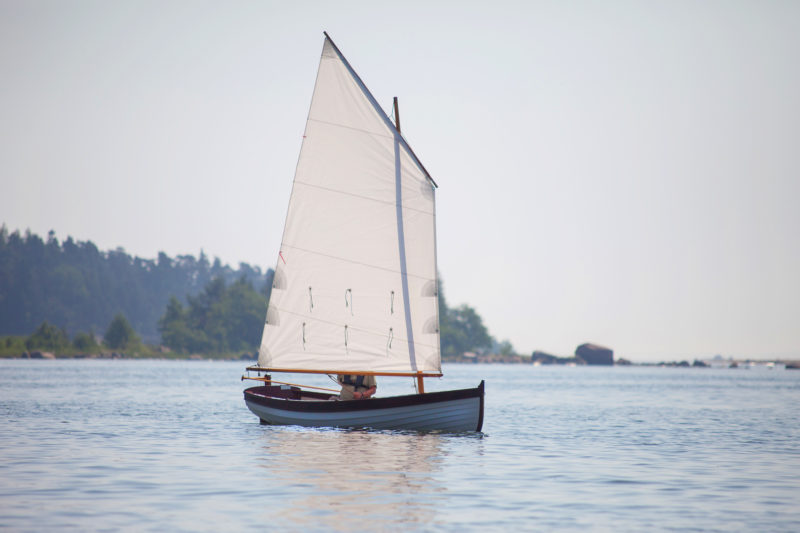 Mats Vuorenjuuri
Mats Vuorenjuuri
Join The Conversation
We welcome your comments about this article. To include a photo with your remarks, click Choose File below the Comment box.

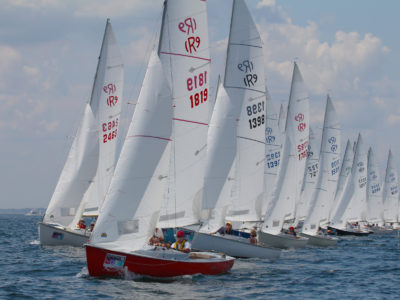
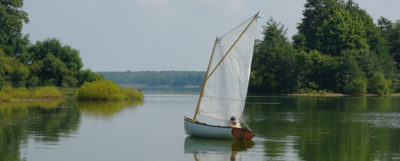
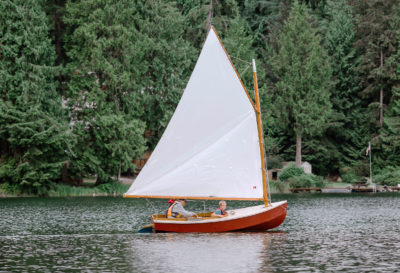


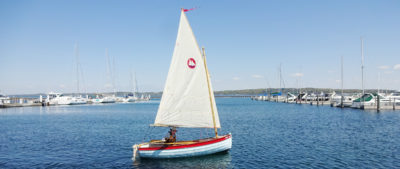
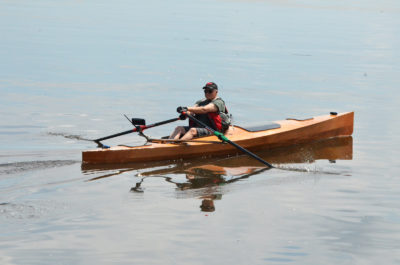
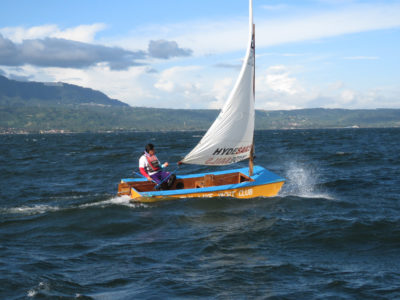

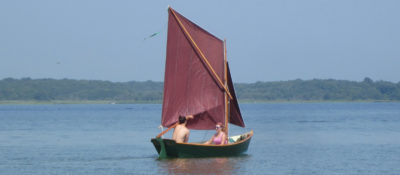
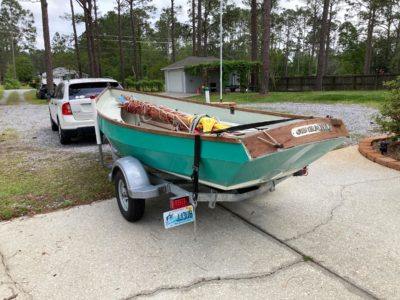
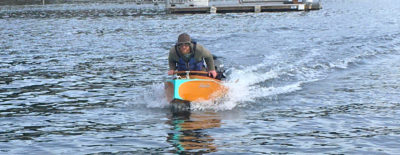
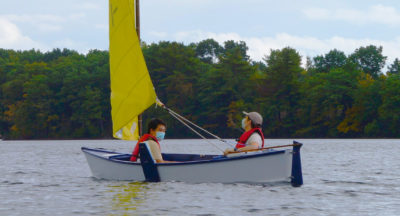
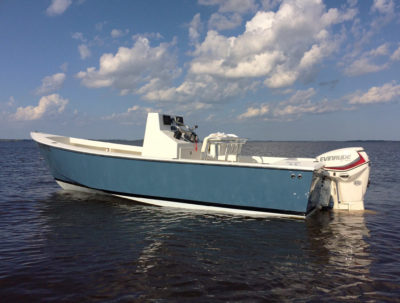
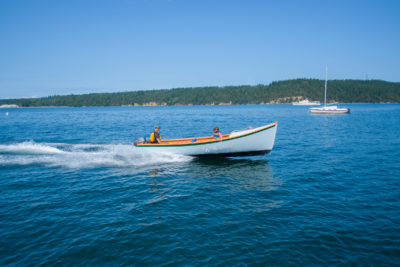

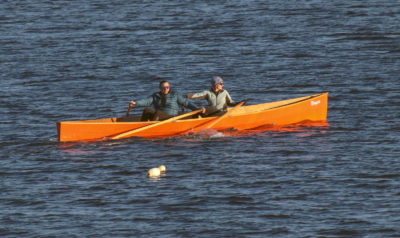
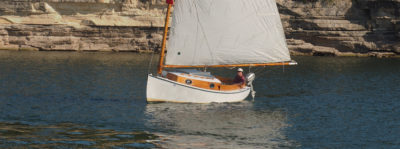
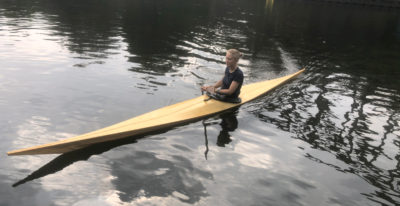
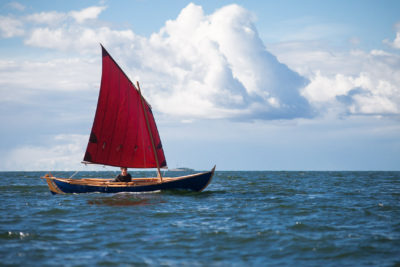
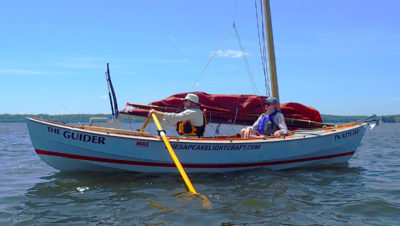

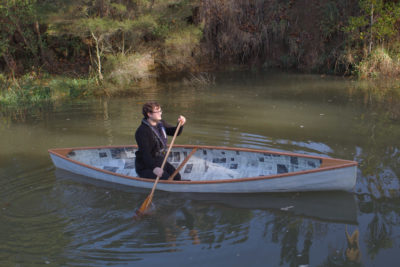

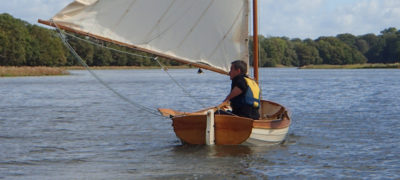
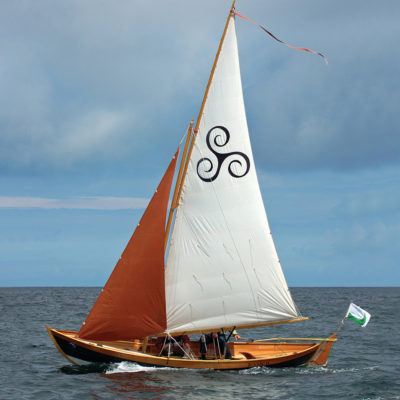
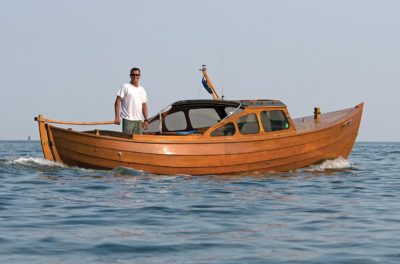
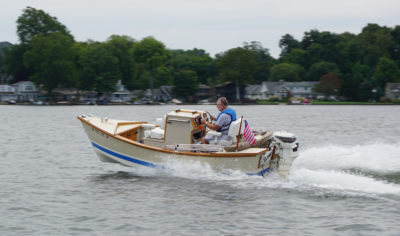
Beautiful boat. I’m looking to buy something similar here in Seattle. Any thoughts on who or where to get one under $7500?
Thanks,
Jeff
Keep an eye on this website as well as the Center for Wooden Boats and Northwest Maritime Center. I found my Penobscot 17 on the NMC website. CWB has had similar boats, in the past, on their site. Or, take a trip to Port Townsend; have a late breakfast at the Blue Moose; check out all the bulletin boards for boats for sale; post boat-wanted ads in all of the above. Happy hunting.